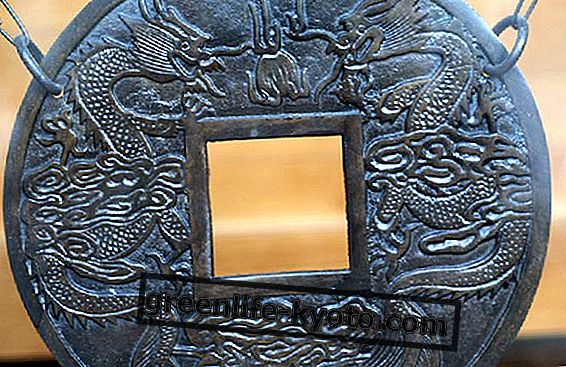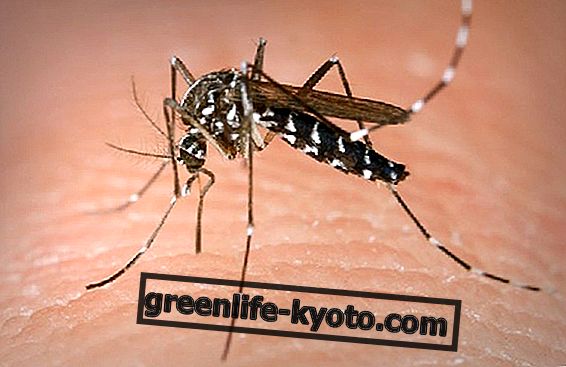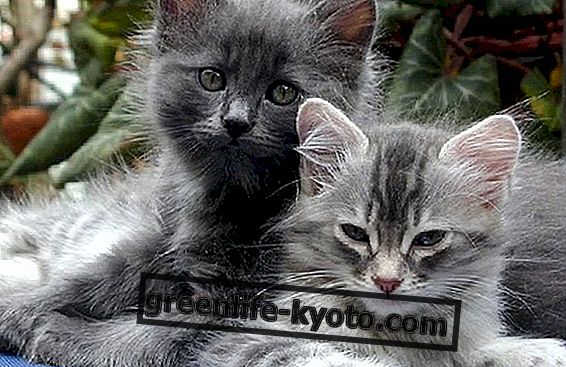
From the Latin cuprum, "Cu" is the abbreviation used to identify copper, a chemical element of the group of transition metals.
It is very common in nature, both among the minerals and between the various kingdoms of animals, plants and fungi. In nature it is also found in its native state, that is pure, in the form of a rather malleable metal, orange-red (precisely copper-colored).
It is of vital importance for human life and every organism preserves a minimum quantity which must be constantly kept in order not to run into shortcomings . Before deepening all the vital functions in which copper is convoluted, let's first take a look at foods that contain more in an easily assimilable form.
But let us remember that copper is always found in traces and never abounds in any food as the main element.
Foods richer in copper
First and foremost, beef liver is listed: just under 100 grams of this food covers the weekly need for copper.
Even the oysters are not bad at all: 100 grams provide enough copper for 3 days. A vegetable food follows, sunflower seeds, followed in turn by other seeds such as almonds, lentils, sesame, cashews . Next we have dried apricots and prunes, dark chocolate, molasses, mushrooms, turnips and asparagus . Worth mentioning are also goat cheese and tempeh .
Functions of copper
Copper is an essential element for the composition of some proteins and some enzymes, therefore it is irreplaceable for the correct formation of various human tissues, starting from the bone tissue and ending with the connective tissue.
Copper is involved in the production of red blood cells, in fact a copper deficiency or any genetic problem capable of determining a problem of its absorption, they are closely linked to some forms of anemia and iron deficiency (difficulty in absorption).
It is not only linked to red blood cells but also to priastrins, as a good level of copper helps the tissue to heal, to maintain the immune system especially in cases of infection and inflammation. Both a serious deficiency and a remarkable excess of copper are dangerous : in addition to 5 mg per kg, copper develops toxic characteristics.
Generally there is a decrease in copper reserves with age, especially in old age more copper should be hired.
The synergy of copper with zinc
However it is good to be aware that trace elements, specifically copper, never work alone but are always in relation with other mineral salts for the correct performance of metabolic activities.
We have already mentioned the relationship between an adequate quantity of copper and the absorption of iron necessary for the production of hemoglobin. Another element with which copper has always been in a harmonious relationship is zinc.
Statistics tell us that this pair of elements is unbalanced in 25% of the human population, especially with age, and this can lead to fatigue, tendency to depression, poor healing capacity, hair loss, anxiety, problem of digestion and skin problems, headaches, lack of appetite, memory loss.
Normally the ratio between the two minerals must be around 10: 1 zinc-copper, or 10 micrograms of zinc for each microgram of copper . This percentage is found in all healthy life forms in nature.
In recent years, a diet rich in copper and low in zinc to the detriment of a correct synergy and the level of the human immune system has dropped significantly.












